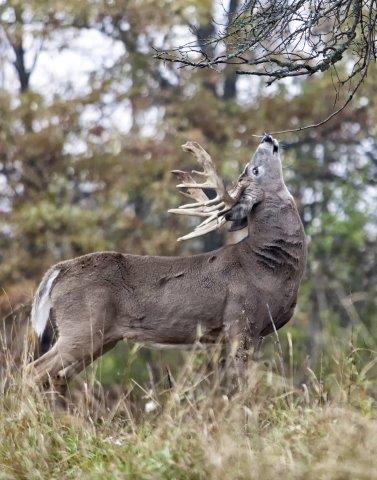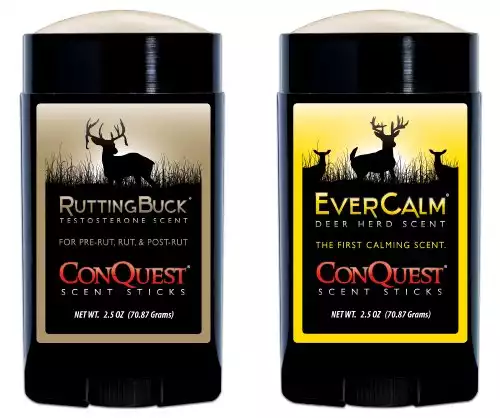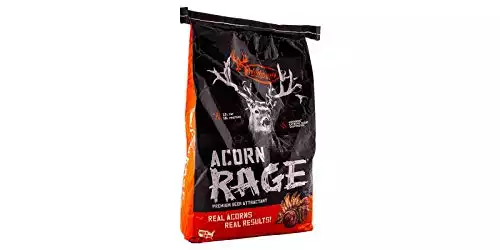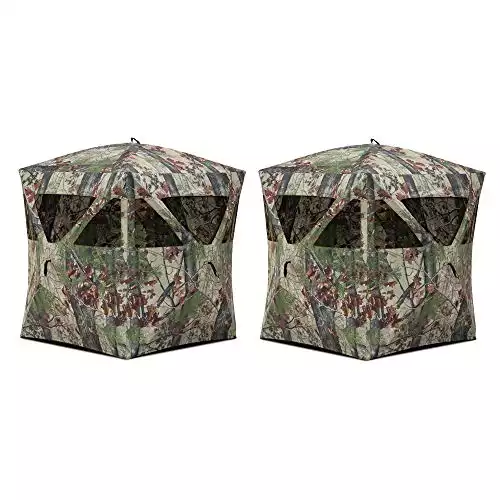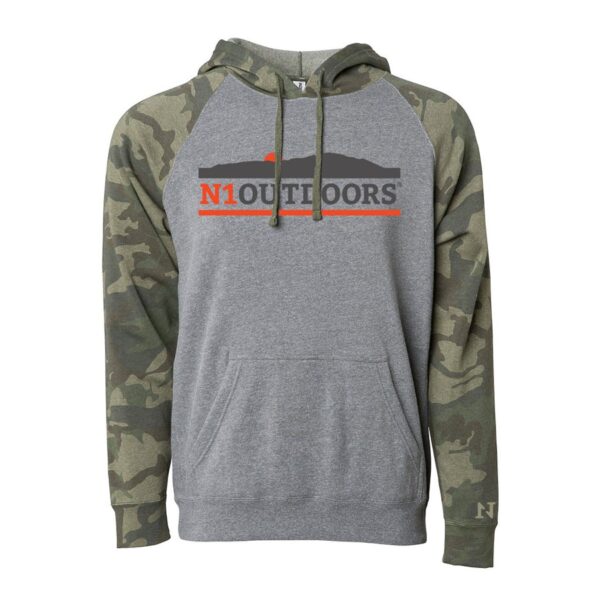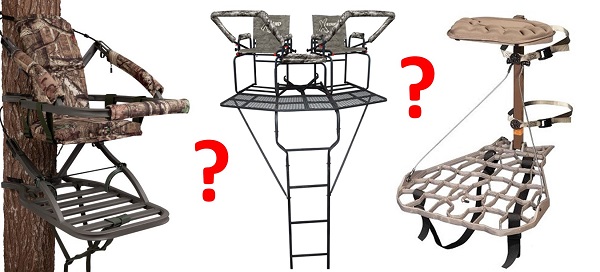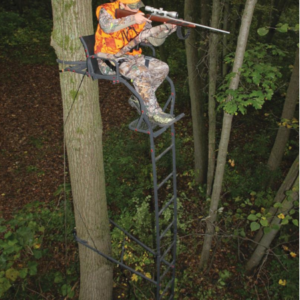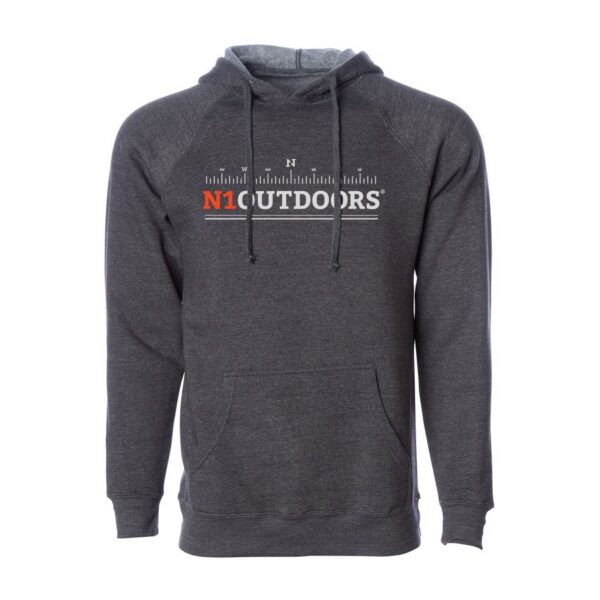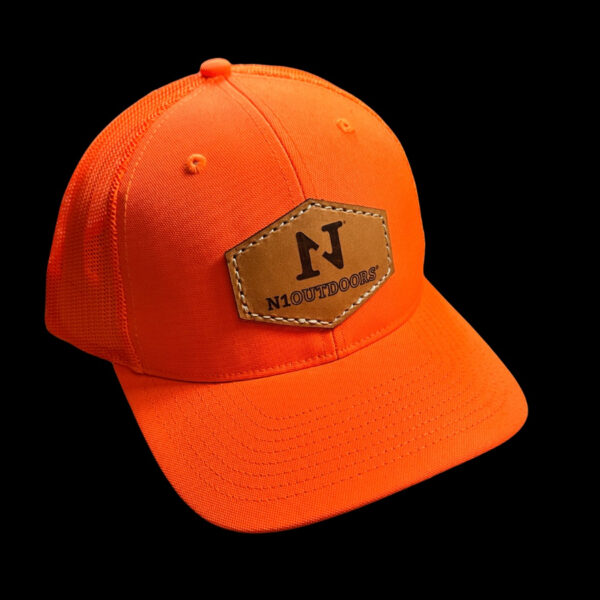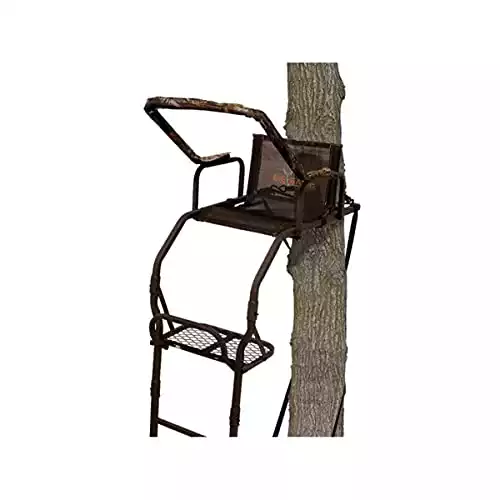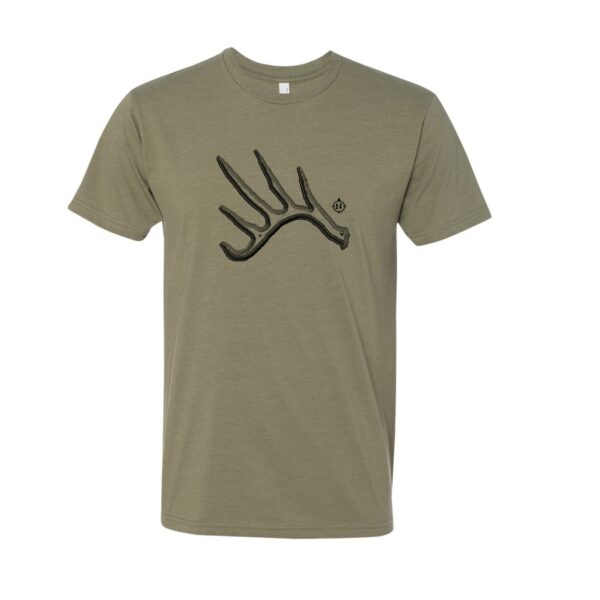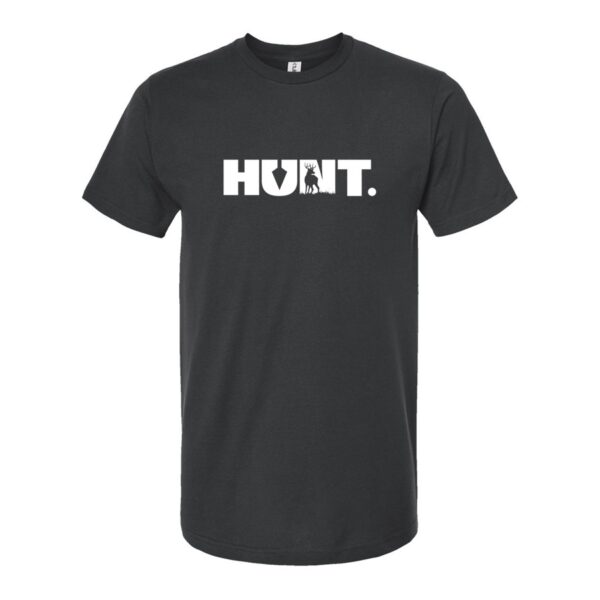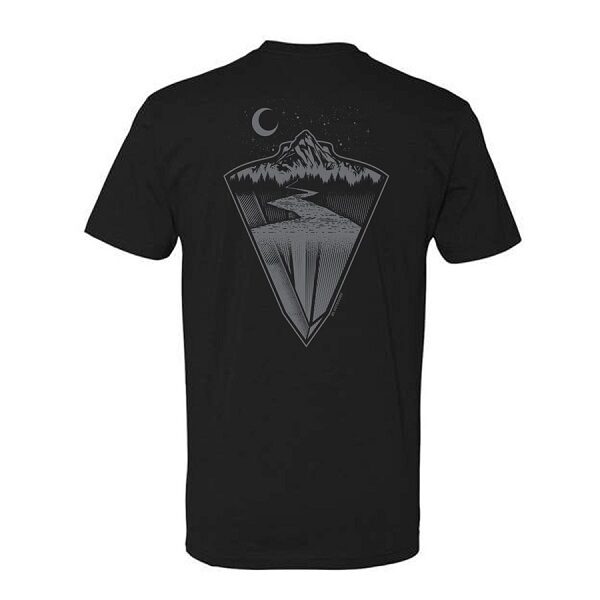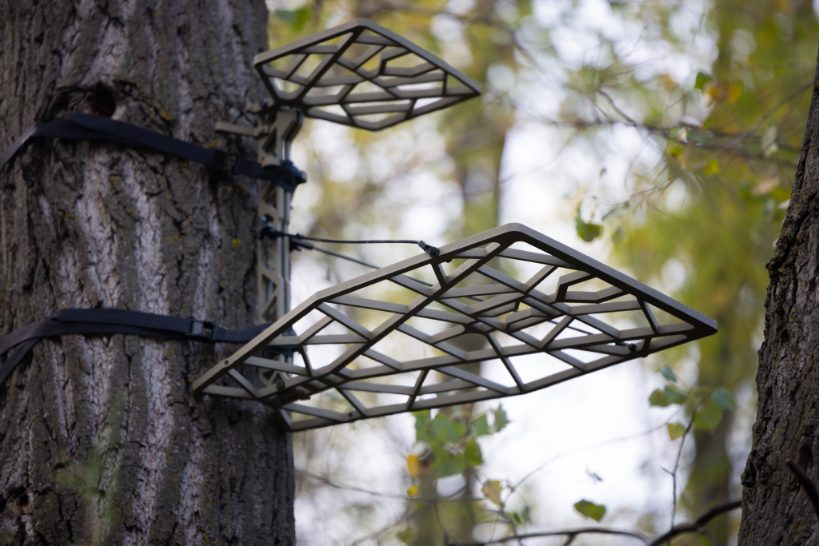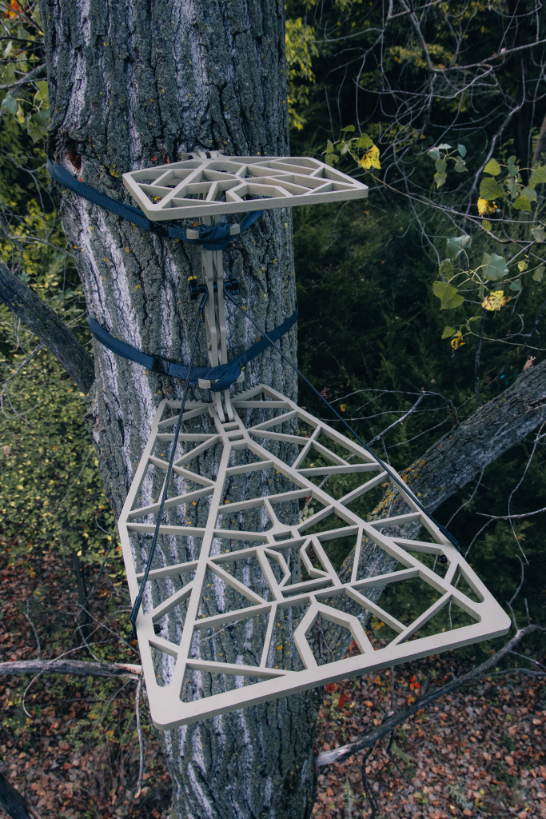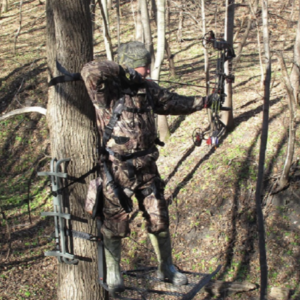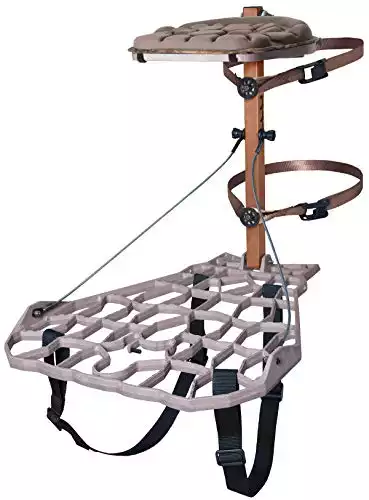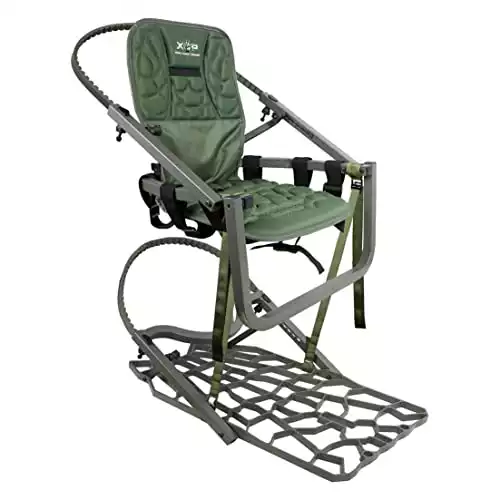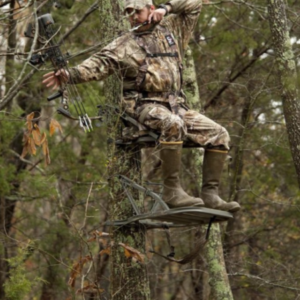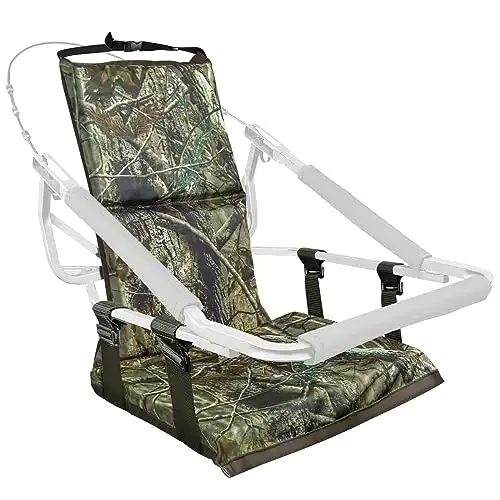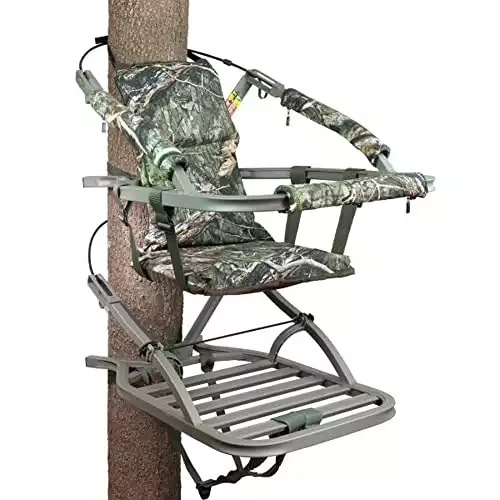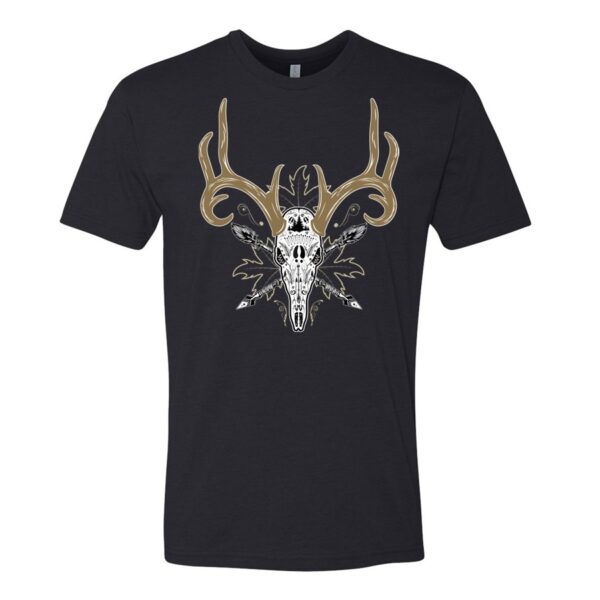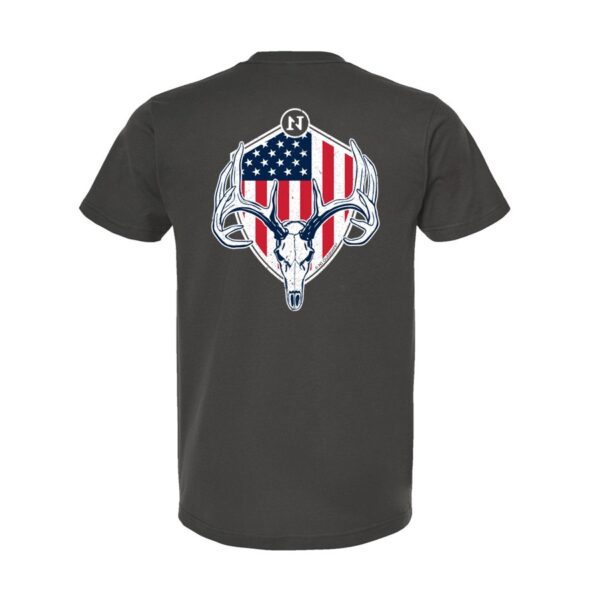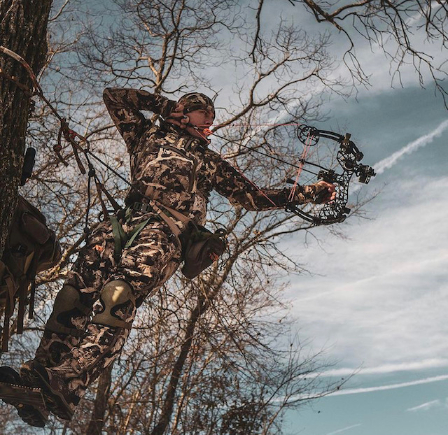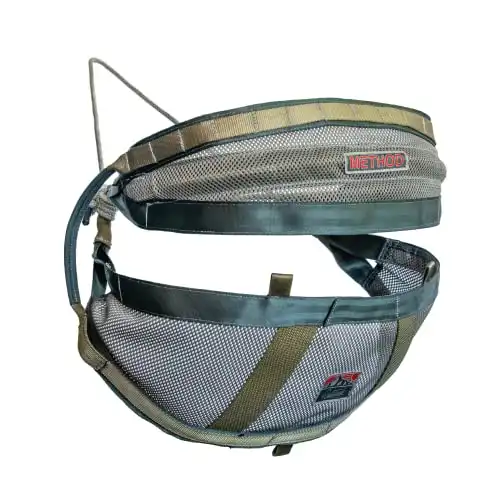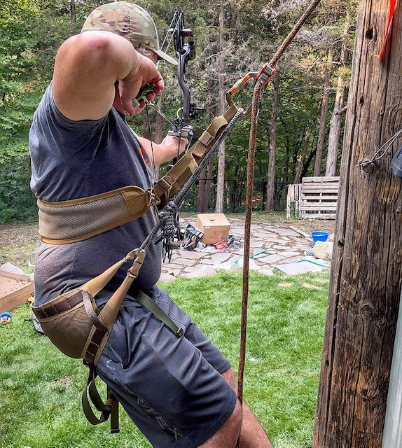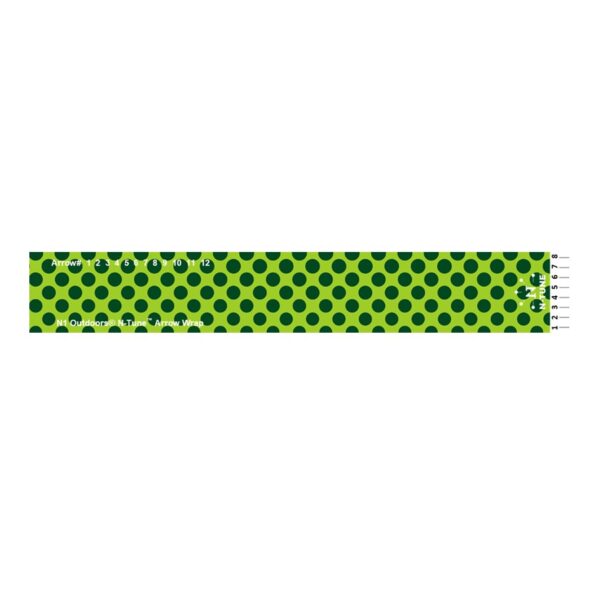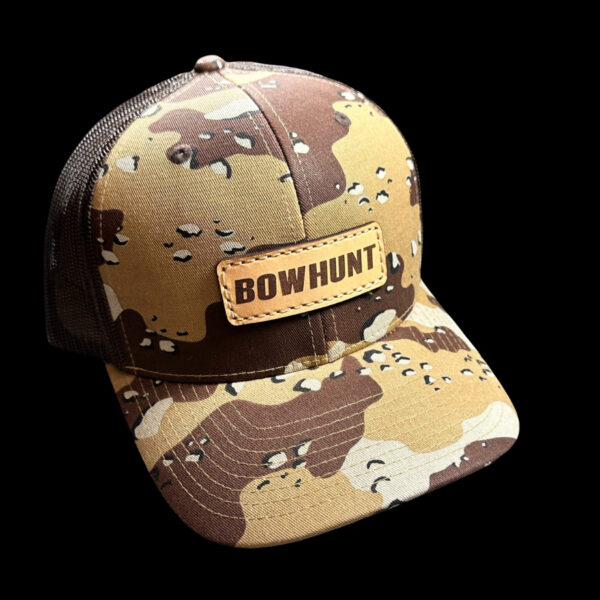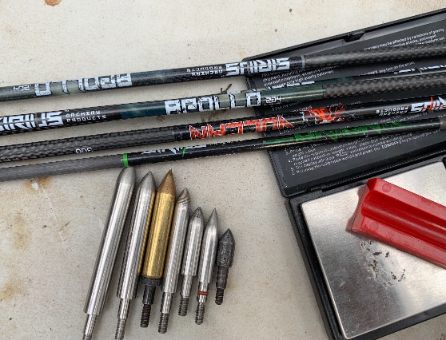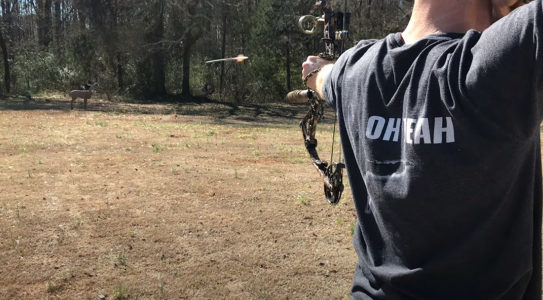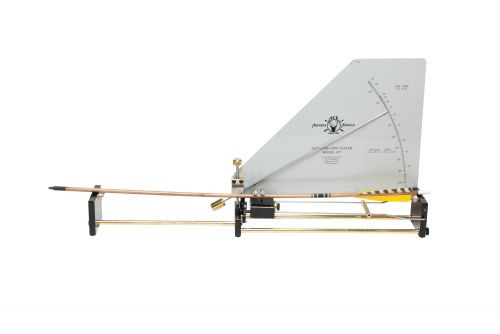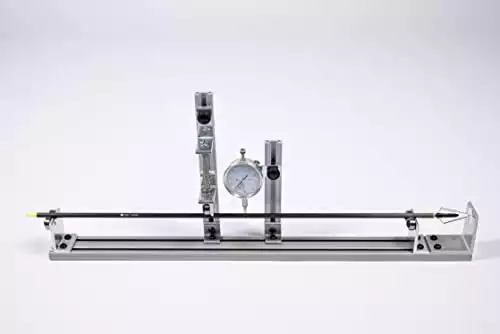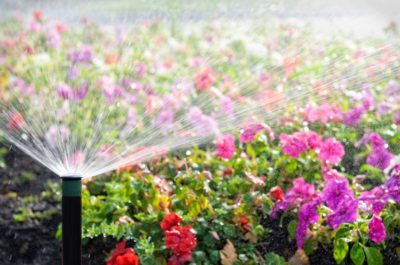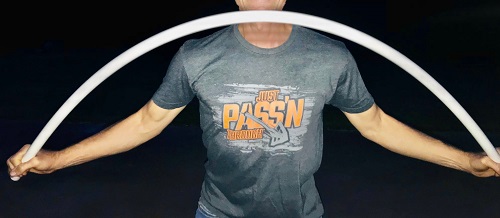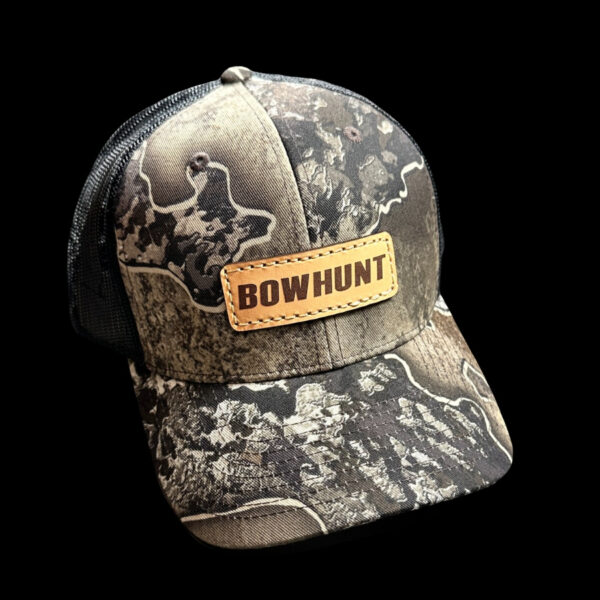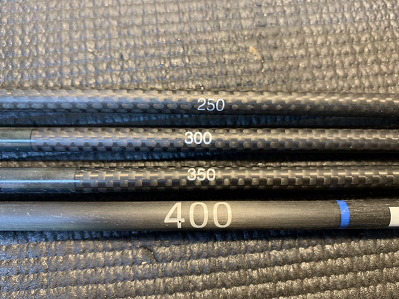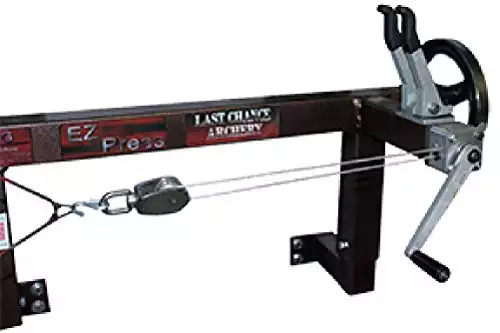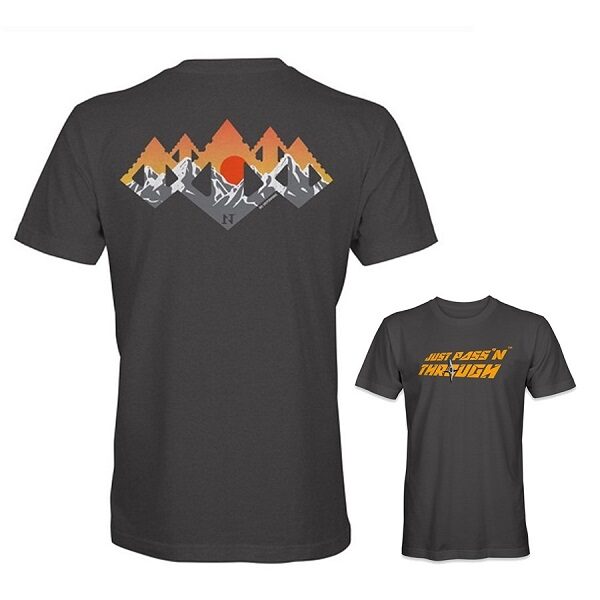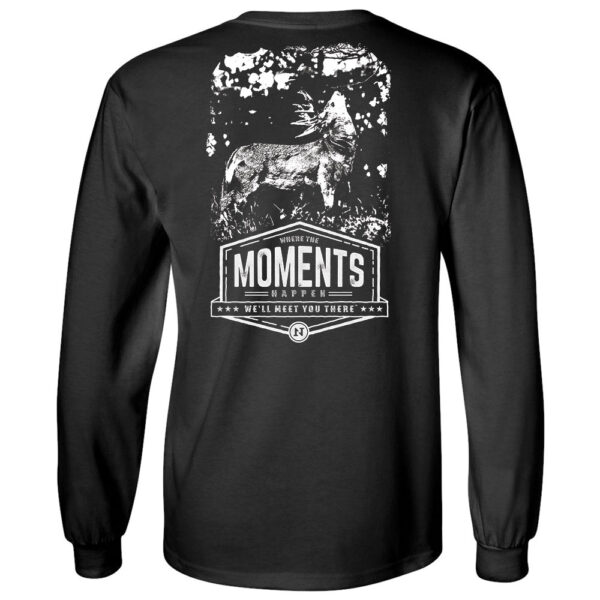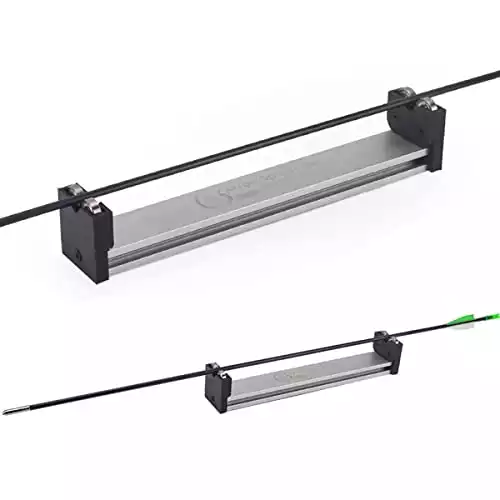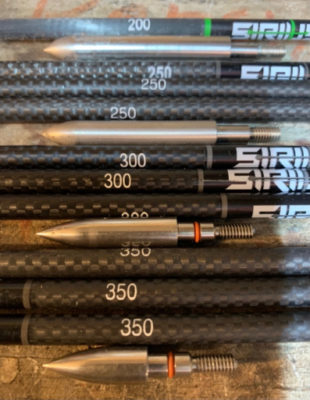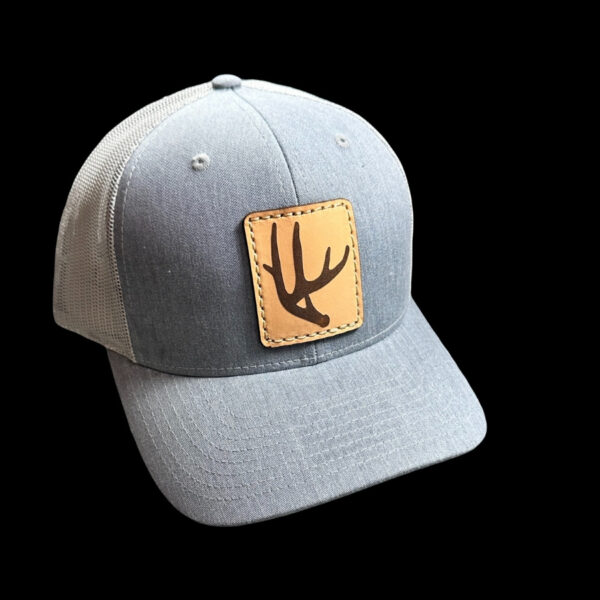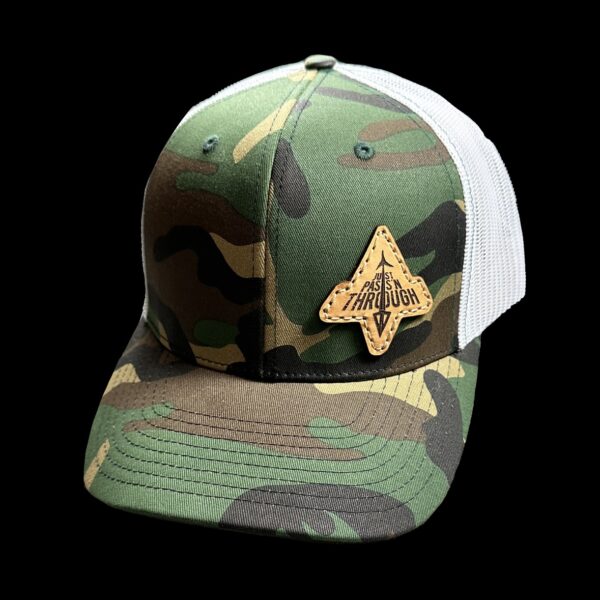Deer are amazing animals, and they do some very unique things. One of these things is making scrapes throughout the woods.
Scrapes are one of the best ways that deer are able to communicate with each other through the scent that they leave behind, and it can also mean some amazing hunting for outdoorsmen and women who know how to find and identify a scrape.
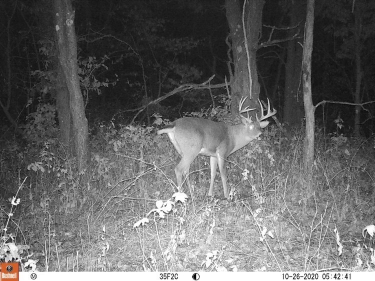
By learning about scrapes and how bucks use them, you can greatly increase your chances of harvesting a buck.
But, what exactly are scrapes, and how do you find them? How do deer make them and why do they even do it? Let’s take a deeper look into deer scrapes and answer all of these questions so that you can use them to your advantage this hunting season!
What are Deer Scrapes?
To start, it is important to understand exactly what a scrape is. A deer scrape is essentially a bare patch of ground that is usually in the shape of an oval or triangle and has an overhanging limb, called a licking branch, above it.
If you are not paying close attention, they can be very easy to miss.
In order to make a scrape, a deer will paw away the twigs, leaves, and vegetation to expose the bare soil, which is used for the scent that they then leave behind.
They will also rub their nose, mouth, and foreheads on the overhanging branch to leave some scent there as well.
What Do Deer Scrapes look like?
Scrapes can come in all shapes and sizes depending on the deer and the terrain.
Some scrapes that are made quickly by a buck can be as small as a few inches across on the ground, while older, more established scrapes can be as large as several feet in diameter.
To the untrained eye, they will look like a simple spot or small indention on the ground, but to an experienced hunter, it is a gold mine of opportunity!
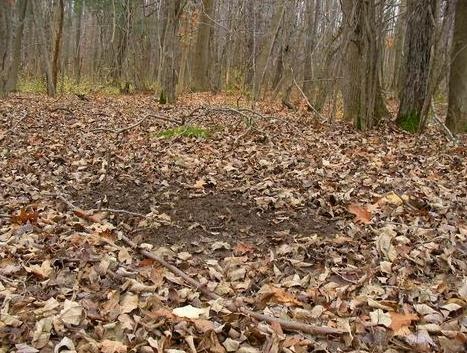
Watch where you walk… You might just walk right through a scrape if you’re not familiar with what they look like.
How Deer Make Scrapes and Why They Do It
Deer are able to communicate with each other through things like sound, body language, and of course, scent.
A scrape is one method that deer will use to communicate through scent and takes advantage of their incredibly powerful sense of smell.
Deer have several scent glands throughout their body in order to leave scent messages, including when they deposit them through a scrape. Their scent is put on the exposed soil as well as the overhanging branch so that other deer can smell it too.
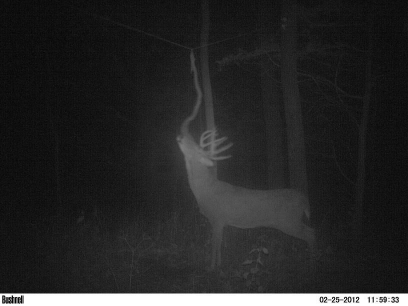
Bucks will use overhanging branches or vines to leave behind glandular scent. They will often lick and chew them as well.
When a buck goes to make a scrape, he will usually begin by rubbing his head and face on the branch. This allows his forehead, nasal, and preorbital glands to get their scent on the overhanging branch or vine.
It’s not uncommon to see them even lick and chew on the branch as well. This can take anywhere from 30 seconds to a minute or two. He will then start to paw at the ground to remove all of the fallen leaves and other debris underneath it.
Once the deer has unearthed enough fresh soil, he will then urinate in the small area he has dug up, leaving behind the freshly scented scrape for other deer in the area to find and smell.
The entire scraping process can take less than a few minutes, but a buck can leave behind an incredible amount of scent during this time.
Does will also use scrapes to leave urine and other glandular scents.
When Do Deer Use Scrapes
Bucks will make and use scrapes throughout the entire year, but almost 80% of the action surrounding scrapes will take place in the few weeks leading up to their breeding season and into the rut.
This is when bucks are especially conscious of other deer in their area, both does and rival bucks.
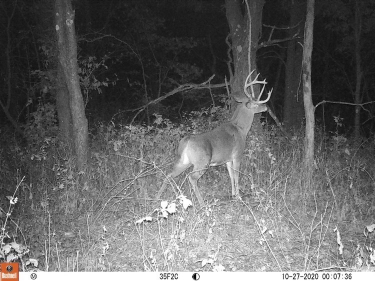
In addition to leaving preorbital scent, bucks mark their territory by urinating in scrapes.
By leaving their scent in the scrapes, bucks are essentially marking their territory and preparing for the upcoming or present breeding season.
It is true that deer will work scrapes during the post-rut and even other times of the year, but this is only a small fraction compared to the weeks and days leading up to the rut and the rut itself.
If you want to catch a deer using an active scrape, focus on peak breeding season in the area that you are in.
-
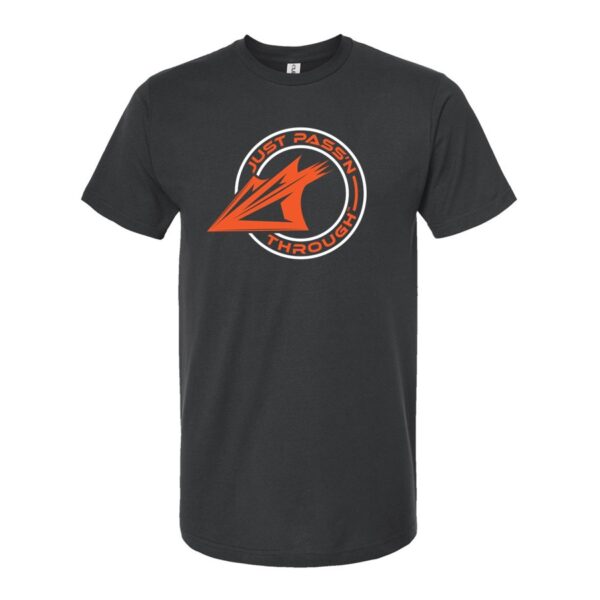 N1 Outdoors® Just Pass’N Through™ Broadhead Badge Tee$24.99 – $28.99
N1 Outdoors® Just Pass’N Through™ Broadhead Badge Tee$24.99 – $28.99 -
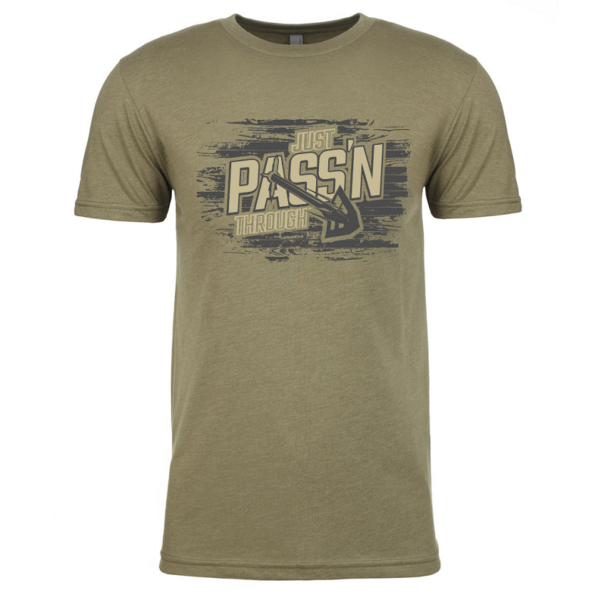 Just Pass’N Through™ Tee (featuring Iron Will)$24.99 – $28.99
Just Pass’N Through™ Tee (featuring Iron Will)$24.99 – $28.99 -
Product on sale
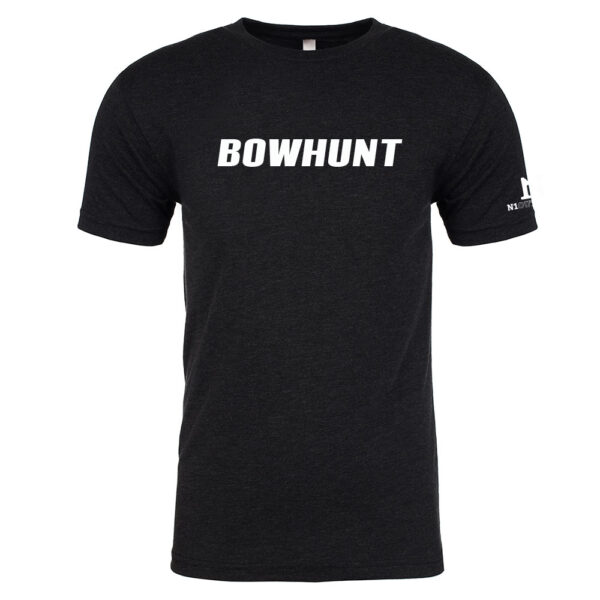 N1 Outdoors® Bowhunt Oh Yeah™ Bowhunting Tee$9.00
N1 Outdoors® Bowhunt Oh Yeah™ Bowhunting Tee$9.00
How to Hunt Scrapes
Scrapes are one of the best indicators that bucks are in the area, and they can be used to help increase your odds of successfully filling your tags during hunting season.
In addition to signs like tracks, rubs, droppings, and deer bedding, scrapes can tell you for certain that the deer are frequenting the area and how often.
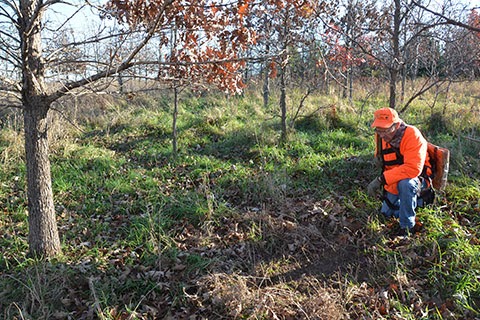
Finding a deer scrape may provide an opportunity for you to get a shot at a buck that you might not ever see otherwise.
If there is a fresh scrape nearby, you will know it is an active location that could potentially yield some excellent results. Of course, you can always confirm this by setting out a trail camera in the area or on the scrape itself.
If you decide to place a trail camera on the scrape, make sure that it is facing the scrape and that there are no obstructions.
When the trail camera captures pictures, this should give you a good idea of what time of day the bucks are coming by and what direction they are traveling. Using this information, you can decide if you should hunt near or over the scrape.
Scrapes are also excellent at getting deer to pose for a trail camera, as they will almost always stop to smell a scrape. This can mean a great shot opportunity with a bow and arrow if you are hunting over one, as the buck should be standing still for you to shoot.
One of the biggest challenges with archery hunting is not only getting within range of a mature buck, but getting him to stand still long enough for an ethical shot. An active scrape could potentially help with both of these challenges!
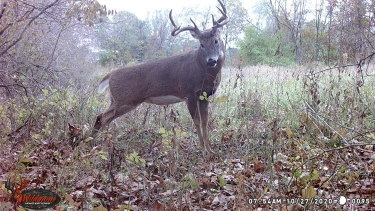
A buck working a scrape can provide some excellent shot placement opportunities for hunters, especially if bowhunting.
To best hunt over a scrape, try using a treestand that is within bow range of the scrape itself. This ensures that when a deer stops to smell everything, you can be in range and take advantage of the opportunity.
While ground blinds and box blinds can also work, treestands will conceal you much better and keep your own scent off the ground and away from the scrape.
Final Thoughts
There is no question that deer are amazing animals, and using their scent via scrapes is just one example of the many unique things that they do.
Hopefully now you have a better understanding of deer scrapes, and can use them to your advantage this next hunting season!

